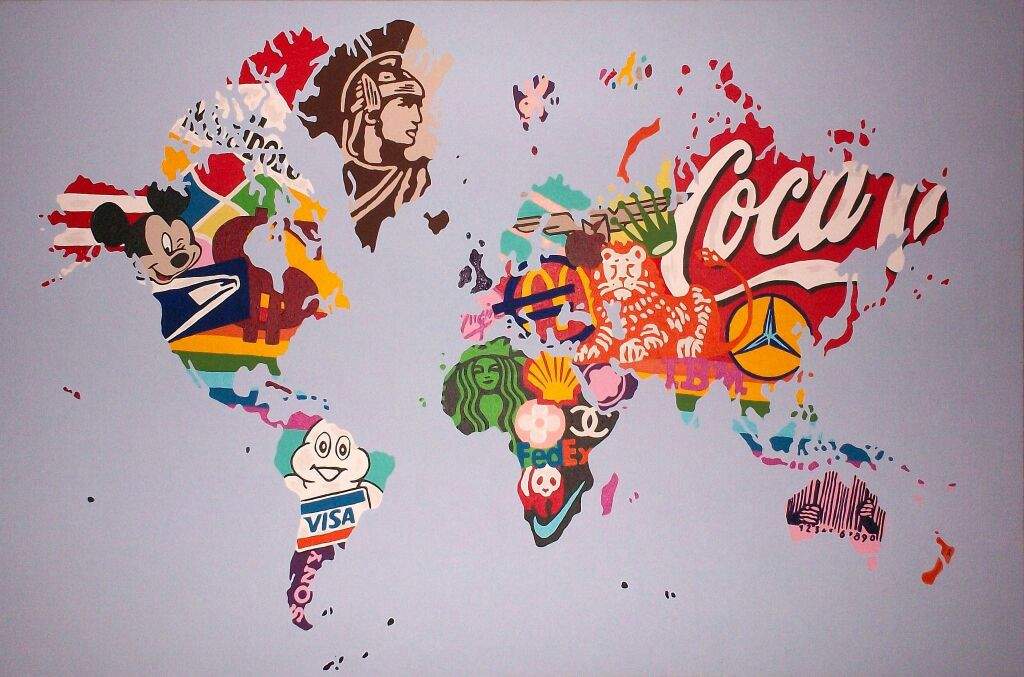Written by Nadia Rosli
Can we differentiate culture that is printed or broadcasted in advertisement? If yes, meaning we know other culture very well even though we do not living in it. Why? This is due to Globalization.
Globalization has given opportunity for international organizations to make a mark on their business footstep in many places around the world. Somehow, the challenges to fit into other countries culture will be a crucial task. Like how Nike released their first ‘Pro Hijab’, many judgement and impressions were commented online whether positive or negative it is the challenge that Nike should have to accept as a global brand.

Some people were pleased that Nike has made sport hijab for women to be comfortable in doing sport, yet the advertisement that was released by Nike in promoting the ‘Pro Hijab’ has also created negative comment where people do not agree with Nike by showing women with ‘Pro hijab’ wearing inappropriate attire as a Muslim women .

For organizations to succeed in the global market place, understanding consumer culture values are the root to influence their behaviour in buying. Culture ‘speaks’ trough words or images in advertisement as it is the most culture-bound element of the marketing mix. The use of images, jargon, colours, etc. can contribute to positive or negative reactions to an advertisements and thereby the product in itself (Khanna, 2014). For instance, McDonald’s Malaysia showing ‘halal’ logo in every of their ads in Malaysia as to build confidence to match the majority culture in Malaysia which is Muslim.
Advertisements are made for identification, information and persuasion on product or services that are usually paid by the advertisers to release their ads either in print or broadcast media. By making ads that fit the country’s culture, people’s reaction will be positive as they feel they are being appreciated and respected. In Malaysia, since we have diversity in culture, advertisers seem to play roles as culture unity in Malaysia where many advertisements are viewing culture values of each religion or ethnics like Petronas ads, Maybank ads and etc.

Advertisement has powerful influence towards people as it has the possibility to change people’s behaviour and values. Understanding a country’s culture core values is essential to avoid blunders in ads that might offense the viewer beliefs and values.
References
Khanna, N. (2014). The Role of Culture in Advertising. A comparative analysis of selected Nike print advertisements from the U.S. and Japan.

